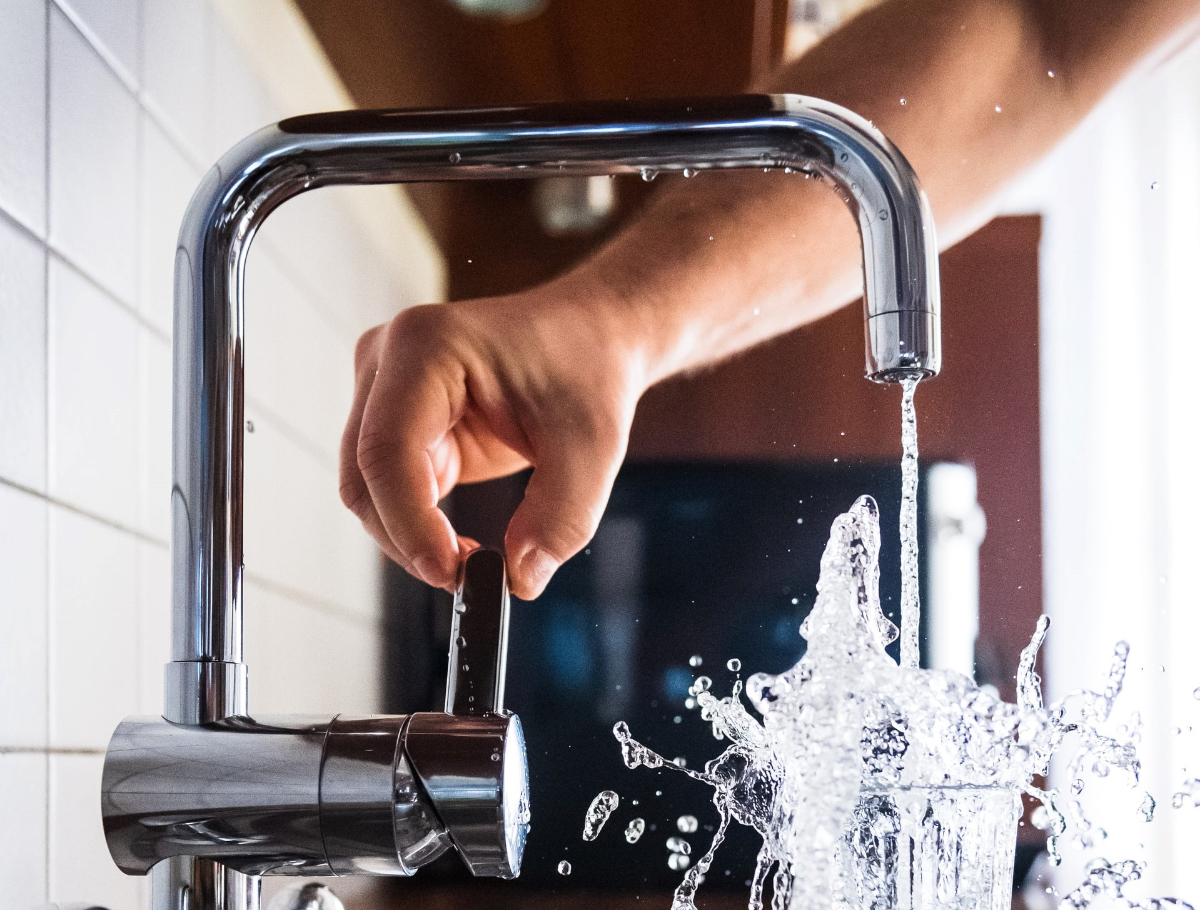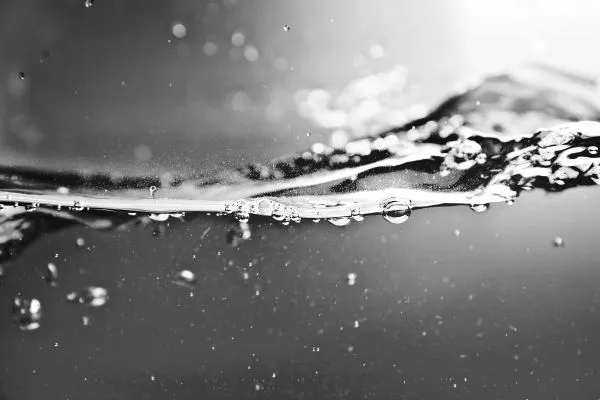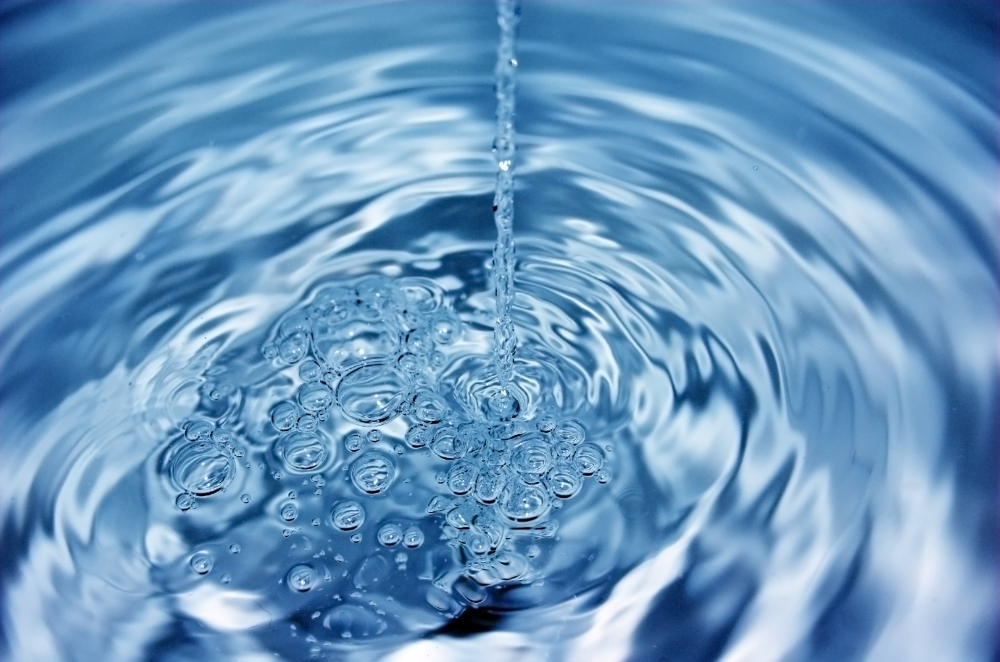What is Water Tank Chlorination and Why is it Important? Protect your water quality with Water Tank Chlorination. Our service eliminates bacteria, algae and viruses for safe, disinfected water tanks.
How Does Chlorination Disinfect Water Tanks?
Chlorination eliminates harmful microorganisms such as bacteria, algae and viruses that can thrive in water tanks. When chlorine is introduced to water, it forms hypochlorous acid and hypochlorite ions, which can destroy pathogens effectively. These compounds penetrate the microorganism's cell walls and kills it. Chlorination ensures that the water remains free from harmful contaminants and is safe for consumption or other uses.
Chlorination disinfects the stored water in water tanks and also prevents the growth of biofilms inside the tank. Biofilms can carry bacteria and other pathogens, which can compromise the water over time. Chlorination helps maintain a clean and hygienic environment within the tank. Chlorination is also cost-effective, making it suitable for both small-scale domestic tanks and large-scale industrial systems. The process can be carried out as a one-time shock treatment or as part of a regular maintenance schedule to ensure your tank is constantly protected.

Chlorination Prevents Bacterial Growth and Contamination
When added to water, chlorine forms hypochlorous acid and hypochlorite ions, which are powerful disinfectants. These compounds attack microorganisms and kill them. Chlorination removes existing contaminants and also prevents the growth of new bacteria and algae in the water.
One key advantage of chlorination is its ability to maintain disinfectant levels over time. Even after the initial treatment, chlorine continues to protect the water against pathogenic contamination from leaks, debris, or environmental exposure. This ensures the ongoing safety and hygiene of the water within the tank.
Additionally, chlorination helps prevent the formation of biofilms on the interior surfaces of water tanks. Biofilms are layers of microorganisms that can carry harmful bacteria and compromise the water.
By regularly chlorinating the tank, the build-up of biofilm can be reduced, which further reduces the risk of the water becoming contaminated. Chlorination ensures that water remains clean, safe, and free from harmful pathogens.
Chlorination Reduces the Risk of Legionella and Other Hazards
Legionella and other waterborne pathogens thrive in warm, stagnant water, making water tanks an ideal breeding ground. If the contaminated water is ingested as fine droplets, it can lead to serious illnesses such as Legionnaires’ disease. Chlorination is an effective way to eliminate this harmful bacteria and prevent recontamination. Regularly chlorinating water tanks ensures that bacteria, including Legionella, do not multiply and spread.
Water tanks are particularly susceptible to microbial contamination due to sediment build-up, fluctuating temperatures, and stagnant water where bacteria can grow. Routine chlorination can help eliminate bacteria that may have formed in the tank. Additionally, chlorination also prevents other harmful microorganisms, such as E. coli and Pseudomonas, from thriving in the tank.
Chlorination, combined with flushing and temperature control, can effectively protect your stored water from bacteria. By implementing proper disinfection practices, the risk of Legionella and other waterborne diseases spreading through water tanks is significantly reduced.

Chlorination Improves Water Quality and Reduces Odours
Over time, water tanks can accumulate sediment, biofilm, and organic matter, creating an environment where harmful microorganisms can thrive. Without proper treatment, these microorganisms can impact the water and cause health risks and unpleasant odours.
Chlorination improves the tank's water quality by disinfecting the tank and destroying bacteria such as E. coli, Legionella, and Pseudomonas. Additionally, chlorine helps control algae growth, which can cause cloudiness and discolouration in the water.
As microorganisms break down, they release gases such as hydrogen sulphide, which gives water a foul, rotten-egg smell. Chlorine neutralises these odour-causing compounds by oxidising them, leaving the water smelling fresher and cleaner.
Regular chlorination also prevents the build-up of biofilm, which can trap bacteria and cause bad smells over time. When combined with routine tank cleaning and proper maintenance, chlorination helps keep water clear, odour-free, and safe.
At Dynamika UK Ltd, we can keep your water safe from harmful bacteria and odours with our chlorination service. We follow industry-approved methods to prevent Legionella and other harmful microorganisms from growing and spreading in your water tank.
